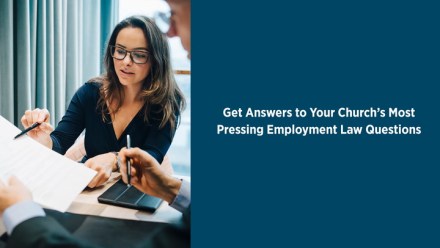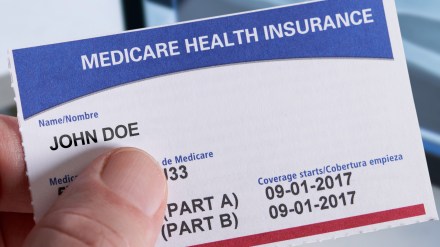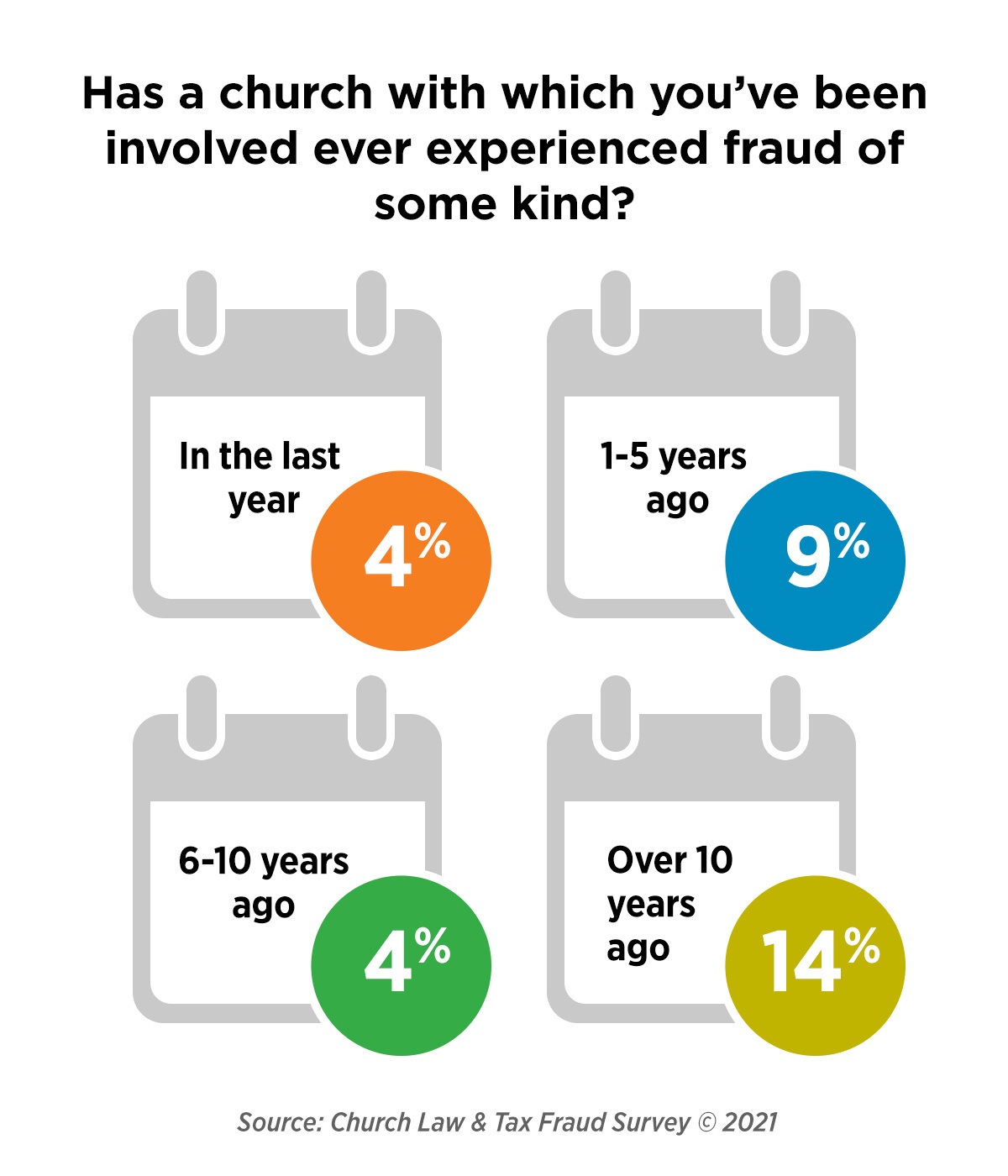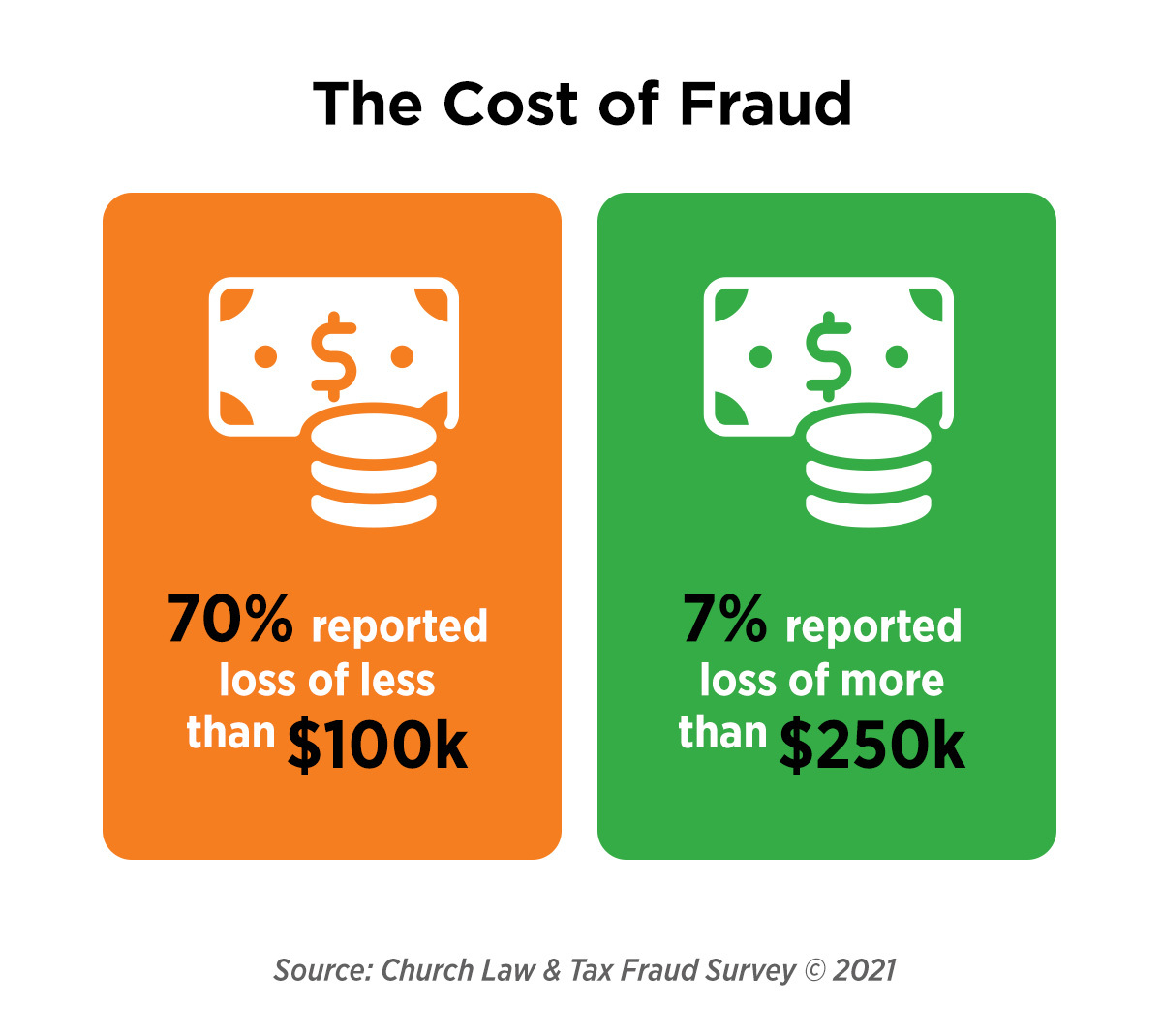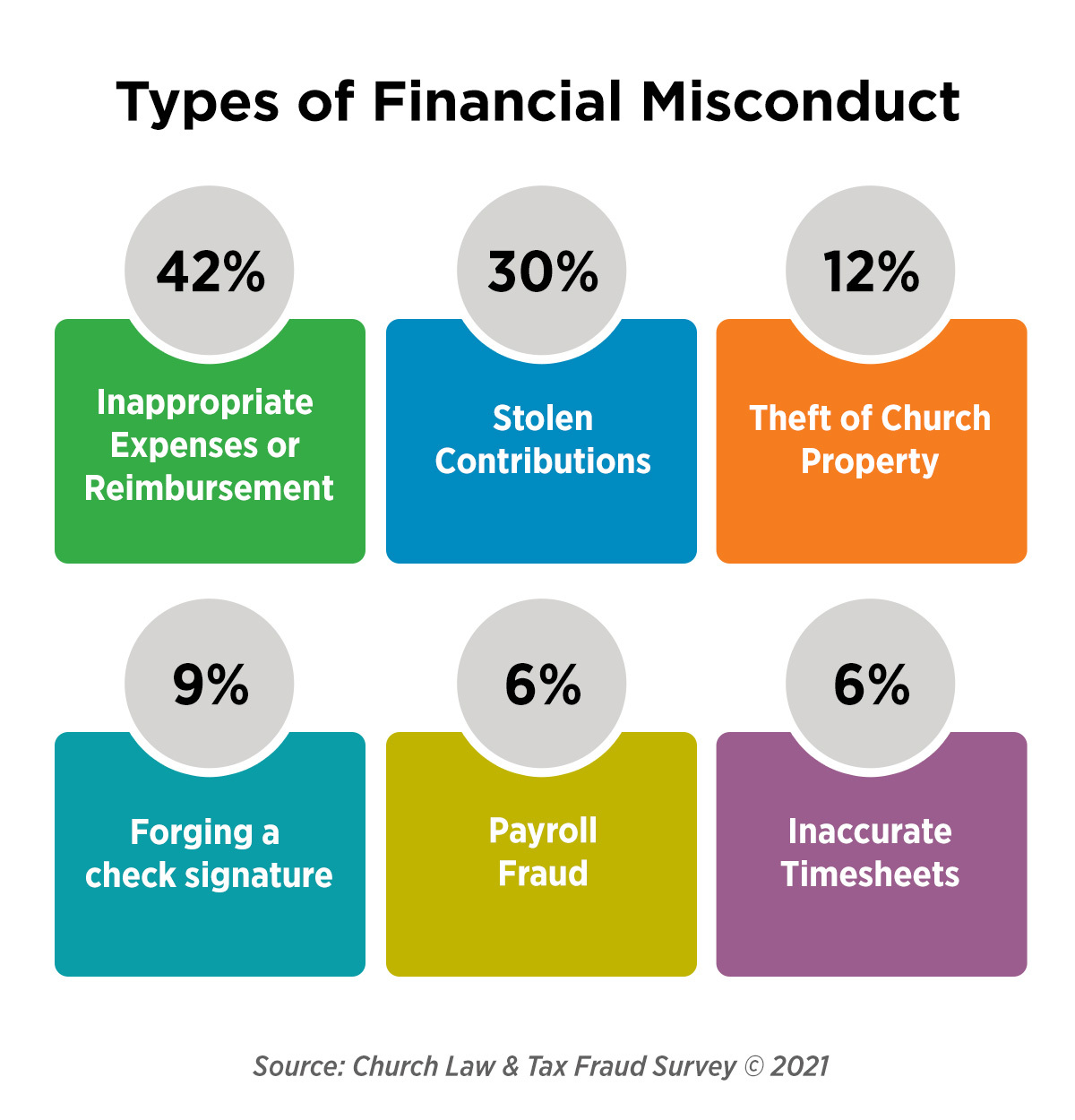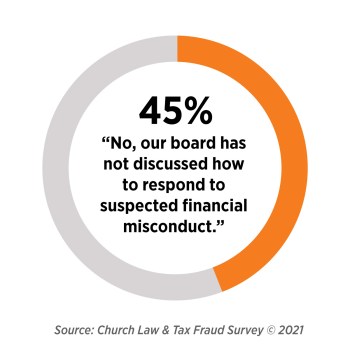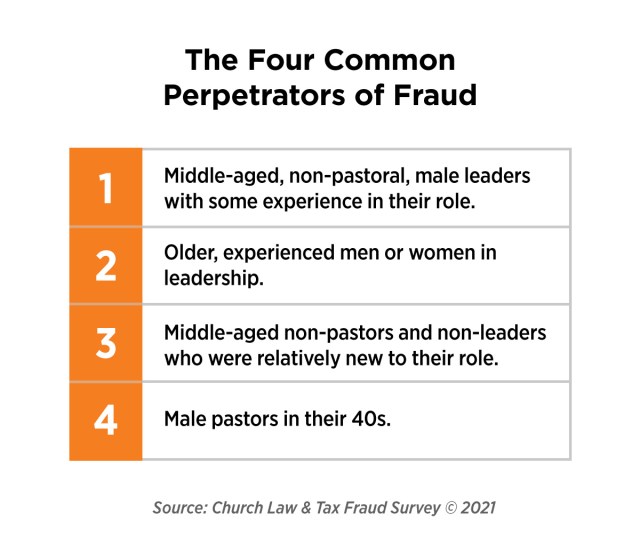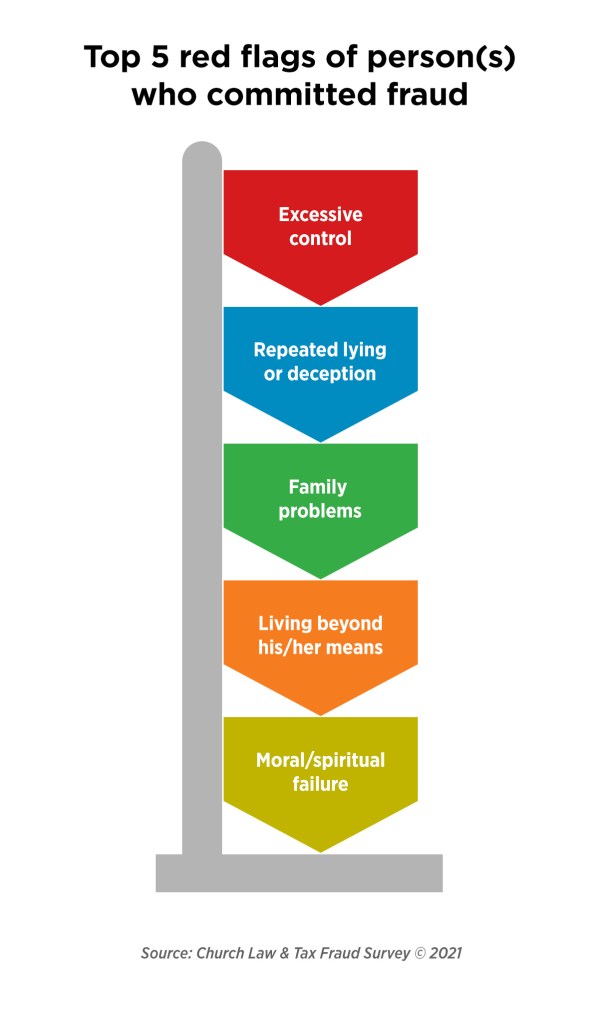This series of articles on church employment aims to help give clarity, offer best practices, and encourage tax and labor law compliance in several key areas of church employment:
Part 1 Applying the Ministerial Exception to Church Employees
Part 2 Developing Strong Job Descriptions for Employees and Volunteers
Part 3 Internships: Blessings or Blind Spots?
Part 4 The Importance of a Legally Sound Employee Handbook
Part 5 Title VII and Church Employment Practies
Part 6 The Remote Worker and the FLSA
Many churches believe that part of their mission is to train the next generation of ministers and lay leaders. While Bible schools and seminaries provide information and knowledge, most individuals need hands-on experience to apply what they have learned.
In a tradition that goes back to Joshua serving and learning from Moses, churches open their doors to qualified individuals seeking hands-on experience. Churches frequently use the term “intern” to describe these workers.
Interns benefit from the work experience, résumé enhancement, career exploration, networking opportunities, and, sometimes, the potential for a job offer from the church. Unfortunately, the term “intern” does not have a statutory definition, so each church defines the term to suit its purposes. While the meaning of “intern” varies among churches, churches often believe that using the term allows them to escape all employment rules.
Note. For purposes of this article, the term “intern” means temporary workers serving the church as part of either formal or informal training to prepare for future service to a local church.
In addition to frequently failing to apply employment laws to interns, churches frequently fail to recognize the risks associated with interns. This article guides churches regarding the regulatory and risk environments for their internship programs, assisting them in constructing legally compliant internship programs, and avoiding common risks.
Applying employment laws to interns
The Fair Labor Standards Act (FLSA) imposes minimum wage and overtime requirements on qualifying employers and employees. While attorneys and law professors debate its application to churches, my experience is that most churches qualify as employers under the FLSA.
If a church does not qualify as an employer under the FLSA, individual employees at a church can still be covered by the FLSA. If FLSA does not cover either the church or the employee, then many state employment laws impose similar minimum wage and overtime rules on the relationship between the church and its employees. In any event, the church must consider the employment laws that apply to its relationships with interns.
Note. The definition of an employer for FLSA is beyond the scope of this article. For an overview of the FLSA’s application to churches, see chapter 5 in Elaine Sommerville’s Church Compensation, Second Edition: From Strategic Plan to Compliance.
Also, see the FLSA page from the US Department of Labor (DOL). Consult an employment lawyer or a human resources professional before making decisions about the application of the FLSA to interns and other employees.
Volunteer versus employee
No employment law applies to volunteers. Many churches consider their internship programs to be “volunteer” programs without genuinely understanding the term “volunteer.” As a result, some interns qualify as “volunteers” while many interns fail the volunteer test.
In this context, the volunteer test means the individual receives no compensation, expenses, or benefits from the church and volunteers his or her services solely for humanitarian or religious purposes.
The ban on compensation includes noncash compensation, such as housing, food allowances, and so on. If the church provides compensation (cash, scholarships, stipends, or noncash expenses, such as housing or gas), the worker does not qualify as a volunteer, and employment laws likely apply to that relationship.
FLSA and interns
Before reviewing the application of employment laws to interns, it is necessary to remember that no employment laws apply to workers classified under the ministerial exception. Therefore, it is essential, as with any other worker, to first evaluate the application of the ministerial exception to the intern position. If an intern receives compensation but qualifies for the ministerial exception, then the FLSA or state law equivalent does not apply to that intern.
Every intern that receives compensation and is not subject to the ministerial exception is likely an employee under either the FLSA or applicable state law despite common misconceptions held by many churches.
Defining who is an ‘intern’ under FLSA
The DOL has applied the FLSA to some interns since its inception in 1938, resulting in a US Supreme Court decision in 1947 (Walling v. Portland Terminal Co., 330 U.S. 148). The definition of an intern has evolved since then, especially as applied to interns in for-profit settings. Still, there are implications for churches and other nonprofits.
Consider, specifically, the DOL’s Fact Sheet #71, Internship Programs Under The Fair Labor Standards Act. It states that the DOL will apply a “primary beneficiary” analysis to determine the application of the FLSA to unpaid interns. It then lists seven factors that the DOL will consider the extent to which:
The intern and the employer clearly understand that there is no expectation of compensation. Any promise of compensation, express or implied, suggests that the intern is an employee—and vice versa (emphasis added).
The internship provides training that would be similar to that which would be given in an educational environment, including the clinical and other hands-on training provided by educational institutions.
The intern’s formal education program is tied to the internship by integrated coursework or the receipt of academic credit.
The intern’s academic commitments and academic calendar are accommodated by the internship.
The internship’s duration is limited to the period in which the internship provides the intern with beneficial learning.
The intern’s work complements, rather than displaces, the work of paid employees while providing significant educational benefits to the intern.
The intern and the employer understand that the internship is conducted without entitlement to a paid job after the internship.
The DOL Fact Sheet then states in a footnote: “Unpaid internships for public sector and nonprofit charitable organizations, where the intern volunteers without expectation of compensation, are generally permissible.” Therefore, if interns receive no compensation, they may work at the church as volunteers. The FLSA will not apply even if the above DOL criteria are not fully implemented into the program.
Once the church provides any compensation (cash or noncash, actual or implied), the FLSA likely applies to the position, regardless of whether or not the compensation triggers tax consequences. Unless the ministerial exception applies, it is unlikely interns can be classified as “exempt” employees because they are typically paid less than the minimum salary requirement of $684 per week. So, the church must pay minimum wage and overtime to compensated interns.
Note. Twenty-nine states have set a higher minimum wage than the federal minimum wage. Also, California measures overtime on a daily basis.
The FLSA allows a lower minimum wage for certain qualified newly hired employees under the age of 20. This lower minimum wage applies only to the first 90 days of employment to allow for training. This lower minimum wage has many additional requirements, including that the younger worker cannot replace a regular worker. Unless the church specifically designed its internship program to meet the requirements of the lower minimum wage with the assistance of an employment attorney, this lower minimum wage will not apply to interns.
Calculating intern pay when the FLSA applies
Since interns are generally nonexempt, churches must require interns to keep timesheets because they need to prove interns are paid at least minimum wage.
Churches may pay a flat weekly amount (salary) as long as the timesheets show that the weekly amount meets or exceeds minimum wage, and that any overtime is paid if earned. Under the salary model, the salary cannot be reduced if the intern works less than 40 hours, and the church must pay overtime for all hours over 40.
Consider, for example, that an intern receives $400 per week. If the intern works 40 hours that week, the intern received at least the federal minimum wage.
But if the intern worked 60 hours, the intern has not received minimum wage ($6.15 per hour instead of $7.25 per hour). In that case, the church must increase the weekly amount to $435 (60 times $7.25). Now the church must add overtime compensation.
Two potential methods exist:
Method 1: 20 hours x $10.875 (1.5 x $7.25 x 20 hours) = $217.60. Under Method 1, the intern receives $435 + $217.60 = $652.60.
Method 2 (only applies if the salary model applies): 20 hours x $3.625 (.5 x $7.25) = $72.50. Under Method 2, the intern receives $435 + $72.50 = $507.50.
The DOL more thoroughly explains this calculation in Fact Sheet #82, Fluctuating Workweek Method of Computing Overtime Under the Fair Labor Standards Act (FLSA)/“Bonus Rule” Final Rule.
State labor laws
No discussion on interns is complete without considering state labor laws. Forty-five states have minimum wage laws. (Alabama, Louisiana, Mississippi, South Carolina, and Tennessee do not have state minimum wage laws as of August of 2021.)
If a church believes that the FLSA does not apply to it, that church still must comply with state labor laws. If its internship program meets the state definition of a training program and the intern qualifies for a lower minimum wage because they are less than 20 years of age, the church may pay qualifying interns a reduced minimum wage.
Consult an attorney
As noted above, many states have modified or eliminated this lower minimum wage program. Churches should confirm all the state and local minimum wage requirements before implementing an internship program at this lower minimum wage. The church should also work with a local employment attorney to design the internship program to meet the local, state, and federal requirements.
Further, all states have enacted a version of a payday law to protect employees from employers who may not always pay them what they are owed.
Additional Reading: Attorney Richard Hammar analyzes notable court decisions about common employment disputes.
These payday laws govern how frequently employees must be paid. For example, some churches only pay the intern at the end of the internship to encourage them to complete the internship term. But such practices violate state payday laws.
The mandatory maximum payday frequency ranges from one week to one month.
Here is a chart of maximum payday frequency maintained by the DOL.
Caution. There are penalties for violating payday laws, and the penalties can be stiff. For example, the Texas Payday Law imposes a $1,000 penalty for each violation.
Example. An internship lasts eight weeks. In Texas, since the intern is nonexempt, the payday law requires payment semimonthly. If the church paid a lump sum at the end of eight weeks, it would be subject to a penalty for each failure to pay the intern semimonthly during the eight weeks. Since only the last payday was timely, the church could owe up to a $1,000 penalty for each of three prior paydays.
Payday laws also prevent employers from deducting unauthorized amounts from an employee’s pay. Churches cannot deduct any amount other than payroll taxes from an employee’s pay without their specific written permission.
Payday law penalties apply if the church deducts anything other than payroll taxes from an intern’s paycheck without the intern’s written authorization, even if the church maintains a separate policy that requires the deduction from workers’ pay for amounts owed to the church.
Compensable Time Calculations
Churches must compensate non-volunteer and nonministerial exception interns for all time worked and on standby as defined by the FLSA because they are nonexempt. As mentioned earlier, all non-volunteer and nonministerial exception interns must maintain timesheets and provide them to the church.
The FLSA allows the employer to select the minimum time increment to measure time worked and/or on standby. Time can be measured in increments of a tenth of an hour (6 minutes) up to a maximum of a one-quarter hour (or 15 minutes).
Time worked and/or on standby
If interns subject to minimum wage laws show up early and sit at their desks, they begin accruing time paid for work when they sat at their desks. It does not matter if they were working or not. The same rule applies at lunchtime (see below) and if they linger after their shift ended.
If the church does not want to pay interns who report early or stay late, it should provide a breakroom for interns to use and not owe them pay for that time.
What about the compensation rules for off-duty calls, emails, and texts? In determining whether time spent responding to such communications is compensable, the factors that courts have considered include:
- the average number of calls, texts, or emails the employee responds to during the off-duty period;
- the required response time: in other words, how quickly the employee must respond and the amount of time spent responding;
- whether an employee is subject to discipline for missing or being late to a call-back;
- the extent to which an employee can engage in other activities while on-call; and
- the nature of the employee’s occupation (in some jobs, it is the nature of the job to be paid to be available to respond immediately to a situation).
Some states require employers to pay a minimum amount of time for each off-duty call, email, or text where the person responded during off-duty time.
Travel
Business travel during a typical workday is compensable. Travel on weekends is compensable if during the typical weekday work hours.
Training
All training related to the employer is compensable.
Breaks, lunch, retreats, and camps
Breaks less than 20 minutes are compensable. Lunches of 30 minutes or more are not compensable. If the intern is on-duty 24 hours straight, then mealtimes and sleep are compensable.
Note. Some states have mandatory breaks and lunchtimes that must be compensated.
Employers who require interns to remain on the employer’s premises and to respond to calls and interruptions during an intern’s meal periods and sleep time are required, in most circumstances, to pay the interns for their meal periods and sleep time.
Retreats and camps present challenges to compensating interns. Frequently, the intern is required to be on duty 24 hours a day during the retreat or camp. Under the usual FLSA rules, the intern must be paid for 24 hours a day.
However, a church can avoid paying for on-duty sleep periods only if it has an express or implied agreement to exclude such periods from work time, the church has furnished adequate sleeping facilities, and the intern’s workday is 24 hours or longer.
Caution. Under no circumstances may a church avoid paying for on-duty sleep time if the intern has not had the opportunity to receive five or more hours of uninterrupted sleep. Finally, under no circumstances can a church exclude more than 8 hours of on-duty sleep time per 24-hour shift when computing an intern’s overtime pay. Some states have additional rules for camp workers that may apply to interns as well.
Tax Issues
If the intern receives compensation in any form, it is taxable unless a specific Internal Revenue Code section excludes the item from taxation.
The Internal Revenue Code, Section 119, excludes from taxation employer-provided meals and housing if (1) the employee must live in the housing and accept the meals as a condition of employment, (2) the housing or meals are located on the business premises of the employer, and (3) the meals that are provided must be required for the convenience of the employer.
A church cannot exclude the value of meals or housing from the intern’s taxable income unless it meets Section 119 requirements.
Example. A church rented an off-campus apartment for two interns during its program. Since the apartment rent does not qualify for exclusion under Section 119, the apartment cost must be split two ways and included in both interns’ taxable income.
Business expenses that are paid or reimbursed under a qualifying accountable expense reimbursement plan are excluded from taxable income. Intern meals and lodging cannot be reimbursed under a qualifying accountable business expense plan unless the expense would also be allowed for other church employees. For example, if an intern rented an apartment, the reimbursement of the cost of the apartment is added to the intern’s taxable compensation. On the other hand, if an intern conducted a Bible study with several students and bought pizza for them, then the pizza cost can be reimbursed tax free.
If an intern has received a ministerial credential (ordained, licensed, or commissioned) from a church, and the intern performs ministerial duties, a church may designate part of the intern’s compensation as a housing allowance under Section 107 of the tax code.
Note. If an intern qualifies as a minister for federal tax purposes, the church is also prohibited from withholding payroll taxes from that intern.
Craft job descriptions for all interns
Churches should have written job descriptions for interns. These written instructions help guide the church and the intern regarding expectations.
If the internship is for ministerial students, the church should draft a job description to qualify for the ministerial exception. If the internship involves nonministerial students, the church should consider structuring the program as a volunteer program to avoid employment compliance issues.
Again, though, even unpaid interns should have a job description detailing his or her responsibilities.
A Plan for Minimizing Risk
Unfortunately, the rigorous hiring and training processes utilized for other church employees are not always applied to interns. Yet, the church must proactively protect vulnerable youth and children from harm, and such protective measures with screening and selection should not be ignored for internship programs. In fact, interns can represent a significant risk to the church.
Protecting vulnerable populations requires a church committed to proper screening, selection, and supervision of pastors, ministry leaders, and volunteers—not just interns.
Learn more about how to do this with attorney and senior editor Richard Hammar’s 14-step plan for minimizing the risk of child and youth abuse in churches.
Churches should also utilize the other youth and child resources at Church Law & Tax to minimize this risk. Misconduct by a single intern in one summer can cost the church millions of dollars, cause the loss of members, and injure individuals that will carry serious emotional scars for life.
An opportunity to train
On the flipside, an internship provides an excellent opportunity to train the next generation about safely ministering in the real world and understanding the importance of protecting vulnerable populations.
Screening candidates, following up on references, and consistently enforcing policies and procedures can help mitigate risks.
Churches must screen interns with the same careful vetting process they use for potential employees. If the intern will work in the youth or children’s ministries, he or she should go through the same process used for any youth or children’s workers.
Reference checks for minors
Churches are hampered in using background checks because most interns are young and have little or no criminal history due to their ages, or such records are sealed as juvenile offenses. Reference checks and personal interviews will become the church’s primary screening tools.
For interns who will work in youth or children’s ministries, churches ideally should request references from youth-serving institutions where the prospective interns previously served. As attorney Richard Hammar, the senior editor for Church Law & Tax, notes, “The key question to ask is whether the institution is aware of any information indicating that the applicant poses a risk of harm to minors or is in any other respect not suitable for youth or children’s ministry.”
Churches also should request the names and contact information for the prospective intern’s current pastor, as well as his or her former pastors. If candidates do not list their former pastors as references, the church should still contact those pastors.
If a reference or former pastor refuses to respond to requests for a conversation about the candidate, the candidate should be rejected.
The church should include both men and women as reference interviewers to add their perspectives and impressions about the candidates.
Enforce policies and rules
In addition to the screening process, churches need policies and processes to protect vulnerable populations from interns who engage in risky behavior.
All church safety policies should be applied to interns. Since this is likely one of the intern’s first professional ministry experiences, the church must educate the interns about the church’s policies.
Note. All interns must complete the church’s sexual misconduct awareness training before interacting with church members.
Actively enforce the rules
The church should actively take steps to make sure the rules are followed. Interns must understand that any violation will end the intern’s participation in the program.
Policies and rules regarding relationships and contact with children and youth should be strictly enforced. The church should prohibit interns from becoming involved romantically with any youth during their term at the church.
As a risk management tool, interns working with youth should be at least five years older than those in their ministry group. The church’s policy should prohibit interns from engaging in any one-on-one visits with children or teens that are not held in public areas on the church’s premises.
Phone calls, texting, and emails
Additionally, phone calls, texting, and emails with children and youth should not be allowed unless another adult (such as the child’s parent or youth pastor) is included in the communication.
Nearly all interns will use their personal cellphones to conduct church business during their internship. But cellphones present a frequent tool for grooming children and youth for harm.
Due to the risks arising from cellphone use, the church should notify intern applicants that the church may want to check their cellphones for inappropriate interactions with children and youth during their internships. Further, the intern could be told that the church requires its interns to submit their cellphones for surprise inspections by the church’s information technology (IT) department. (The church would keep all data from the phone unrelated to church business confidential.) The applicant should sign a written consent to the search as a condition of admission into the internship. If the applicant objects, the church may want to decline to invite that applicant.
Some churches require interns to submit a weekly written report of their interactions with their ministry groups outside of formal church events. The interns also should affirm weekly, in writing, that they have followed all policies and procedures required by the church.
Note. Not only should the interns be familiar with these rules, but parents and youth must also be familiar with these rules. No matter whether the church is addressing volunteers, employees, or interns, it is vital that the church educate parents, teens, and children about these rules and the grooming tactics predators use to gain the trust of victims and their families. Parents and youth must understand the importance of the rules in protecting everyone’s safety.
Additionally, the church should provide an easy way for parents and youth to easily report rule violations to church leaders.
Training future leaders
Internship programs provide valuable avenues for training the next generation of ministers and Christian leaders. However, as beneficial as these programs can be, incorrectly administered programs can also create substantial unforeseen liabilities.
The goal is to create internship programs that are either exempt from all employment laws or comply with all the employment and tax laws. It’s also essential that rules and policies are enforced that mitigate the risks noted above.
With careful planning, an internship program can provide meaningful assistance to training the next generation of ministers and future church leaders. It also provides the church with an excellent avenue of ministry.
Thanks to CPA Elaine Sommerville for her useful comments and edits to this article.
Return to series home page.
Churches should also utilize the other youth and child resources at Church Law & Tax to minimize this risk. Misconduct by a single intern in one summer can cost the church millions of dollars, cause the loss of members, and injure individuals that will carry serious emotional scars for life.
On the flipside, an internship provides an excellent opportunity to train the next generation about safely ministering in the real world and understanding the importance of protecting vulnerable populations.
Screening candidates, following up on references, and consistently enforcing policies and procedures can help mitigate risks.
Screen all candidates.
Churches must screen interns with the same careful vetting process they use for potential employees. If the intern will work in the youth or children’s ministries, he or she should go through the same process used for any youth or children’s workers.
Churches are hampered in using background checks because most interns are young and have little or no criminal history due to their ages, or such records are sealed as juvenile offenses. Reference checks and personal interviews will become the church’s primary screening tools.
For interns who will work in youth or children’s ministries, churches ideally should request references from youth-serving institutions where the prospective interns previously served. As attorney Richard Hammar, the senior editor for Church Law & Tax, notes, “The key question to ask is whether the institution is aware of any information indicating that the applicant poses a risk of harm to minors or is in any other respect not suitable for youth or children’s ministry.”
Churches also should request the names and contact information for the prospective intern’s current pastor, as well as his or her former pastors. If candidates do not list their former pastors as references, the church should still contact those pastors.
If a reference or former pastor refuses to respond to requests for a conversation about the candidate, the candidate should be rejected.
The church should include both men and women as reference interviewers to add their perspectives and impressions about the candidates.
Enforce policies and rules
In addition to the screening process, churches need policies and processes to protect vulnerable populations from interns who engage in risky behavior.
All church safety policies should be applied to interns. Since this is likely one of the intern’s first professional ministry experiences, the church must educate the interns about the church’s policies.
The church should actively take steps to make sure the rules are followed. Interns must understand that any violation will end the intern’s participation in the program.
Policies and rules regarding relationships and contact with children and youth should be strictly enforced. The church should prohibit interns from becoming involved romantically with any youth during their term at the church.
As a risk management tool, interns working with youth should be at least five years older than those in their ministry group. The church’s policy should prohibit interns from engaging in any one-on-one visits with children or teens that are not held in public areas on the church’s premises.
Phone calls, texts, and emails
Additionally, phone calls, texting, and emails with children and youth should not be allowed unless another adult (such as the child’s parent or youth pastor) is included in the communication.
Nearly all interns will use their personal cellphones to conduct church business during their internship. But cellphones present a frequent tool for grooming children and youth for harm.
Due to the risks arising from cellphone use, the church should notify intern applicants that the church may want to check their cellphones for inappropriate interactions with children and youth during their internships. Further, the intern could be told that the church requires its interns to submit their cellphones for surprise inspections by the church’s information technology (IT) department. (The church would keep all data from the phone unrelated to church business confidential.) The applicant should sign a written consent to the search as a condition of admission into the internship. If the applicant objects, the church may want to decline to invite that applicant.
Some churches require interns to submit a weekly written report of their interactions with their ministry groups outside of formal church events. The interns also should affirm weekly, in writing, that they have followed all policies and procedures required by the church.
Training future leaders
Internship programs provide valuable avenues for training the next generation of ministers and Christian leaders. However, as beneficial as these programs can be, incorrectly administered programs can also create substantial unforeseen liabilities.
The goal is to create internship programs that are either exempt from all employment laws or comply with all the employment and tax laws. It’s also essential that rules and policies are enforced that mitigate the risks noted above.
With careful planning, an internship program can provide meaningful assistance to training the next generation of ministers and future church leaders. It also provides the church with an excellent avenue of ministry.
The author thanks CPA Elaine Sommerville for her useful comments and edits to this article.
Return to series home page.
Frank Sommerville is a both a CPA and attorney, and a longtime Editorial Advisor for Church Law & Tax.

